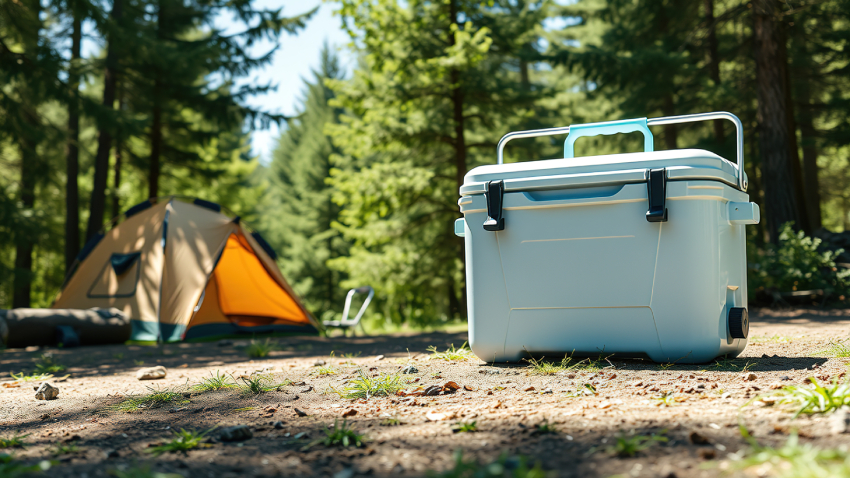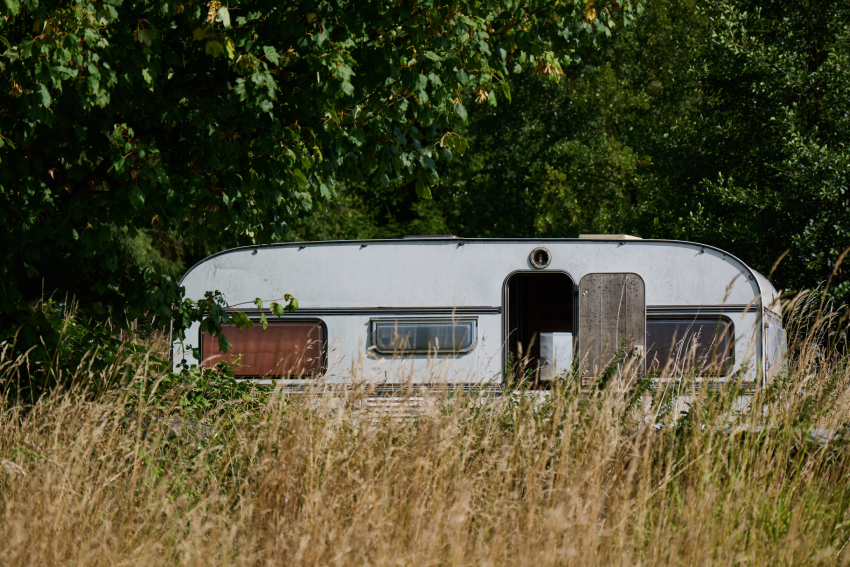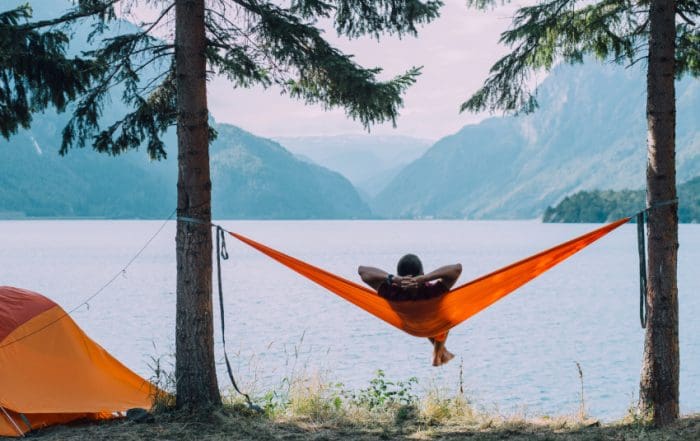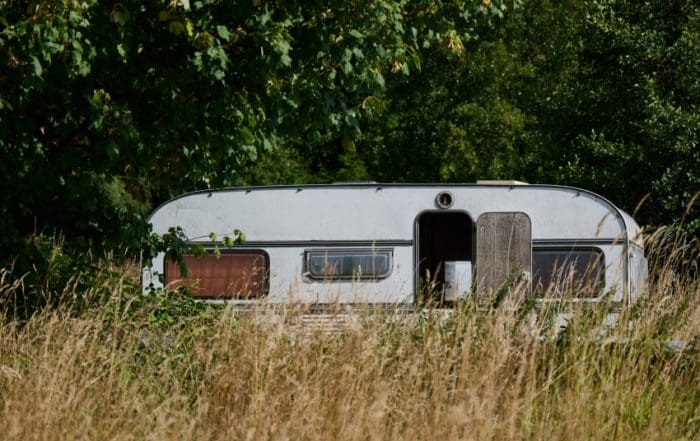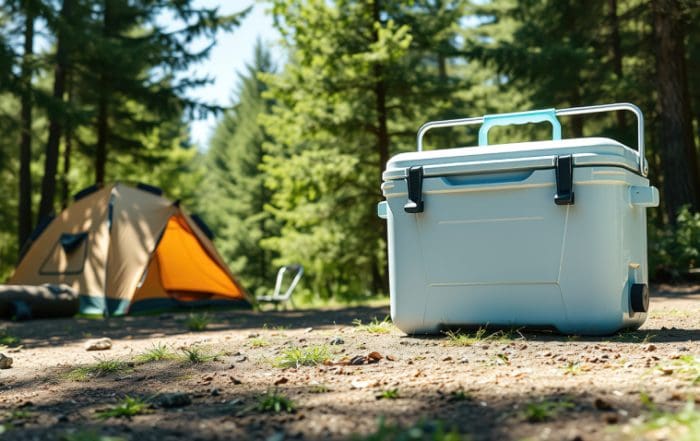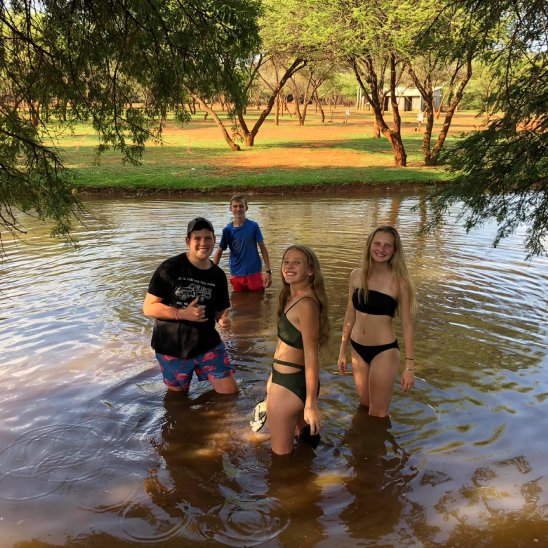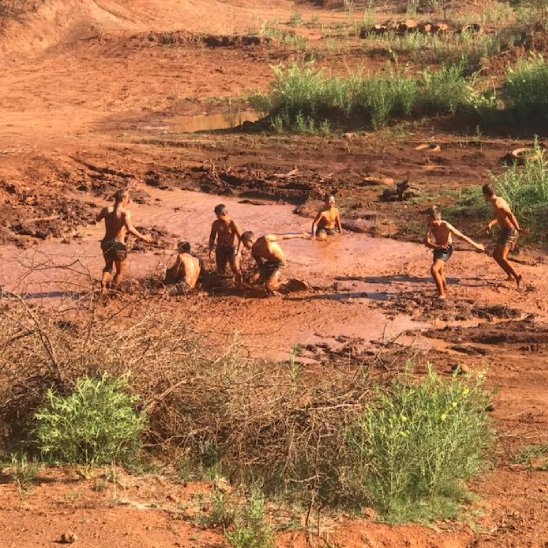How to Store Food Camping: Tips and Tricks
Learning how to store food camping properly has become an exercise in anxiety management disguised as food safety education. The internet is full of dire warnings about "danger zones" and bacterial growth that make camping sound like a biological warfare exercise rather than a relaxing outdoor experience. Here's what the food safety industrial complex won't tell you: most camping food storage fears are wildly overblown, and you're more likely to ruin your trip with obsessive temperature monitoring than actual food poisoning. Whether you're staying at our caravan park with proper facilities or roughing it elsewhere, understanding practical food storage will enhance your bushveld experience without turning meal planning into a paranoid nightmare.
General Food Storage Tips
Temperature control dominates every food safety discussion, but context matters more than the absolute numbers that get thrown around like gospel. The infamous "danger zone" between 4°C and 60°C allows bacterial growth, but food doesn't instantly become toxic the moment it hits these temperatures. Time and temperature work together—food can spend brief periods in the danger zone without significant risk, despite what alarmist websites suggest.
Cleanliness prevents more food-related illness than obsessive temperature monitoring ever will. Wash your hands frequently, use clean utensils, and avoid cross-contamination between raw and cooked foods. These basic hygiene practices matter more than having a cooler thermometer that you check every thirty minutes like some kind of camping hypochondriac.
First in, first out rotation applies to camping just as it does to professional kitchens, but don't turn it into a military operation. Use older items before newer ones and plan meals around ingredients that spoil fastest. Leafy greens and dairy products need attention before canned goods and dried foods, but you don't need a spreadsheet to manage this.
Packaging affects storage life significantly, yet most people ignore this in favour of obsessing over temperatures. Vacuum-sealed items last longer than loosely wrapped foods. Airtight containers prevent moisture and pest intrusion while maintaining food quality. Invest in decent storage containers rather than relying on original packaging that was designed for retail display, not extended camping storage.
Planning reduces waste and simplifies storage requirements more than any fancy equipment. Calculate actual consumption needs rather than overestimating because you're afraid of running out. Excess food creates storage challenges and often ends up discarded, wasting money and creating unnecessary waste in pristine outdoor environments.
Camping Food Storage Considerations
Cooler management requires strategy, not just ice and hope. Pre-chill your cooler and all food items before packing—a warm cooler filled with warm food fights a losing battle against ambient temperatures. Starting with everything cold maintains temperatures longer and reduces the stress of constantly checking whether your ice is melting fast enough to justify panic.
Ice placement affects cooling efficiency, but most advice makes it sound more complicated than rocket science. Block ice lasts longer than cubed ice but doesn't conform to irregular spaces as well. Combine both types—blocks for longevity, cubes for filling gaps. Frozen water bottles serve dual purposes as ice and drinking water as they melt, eliminating the need to choose between hydration and cooling.
A cooler organisation improves efficiency and reduces temperature loss from constantly opening the lid to find things. Pack items you'll need frequently in easily accessible locations. Separate raw meat from other foods using sealed containers or bags. Keep drinks in a separate cooler if possible, since beverage coolers get opened more frequently than food storage.
Shade and insulation extend cooler life dramatically, yet people often treat coolers like they're magical temperature-maintaining devices. Position coolers in shaded areas and cover with blankets, towels, or reflective materials. Avoid placing coolers directly on hot ground—use boards or mats to create insulating barriers between your cooler and the surface that's been baking in the sun all day.
Backup cooling methods provide security when primary systems fail, because coolers aren't infallible despite marketing claims. Evaporative cooling using wet towels works in dry climates. Underground storage in shaded areas maintains cooler temperatures than surface storage. Plan alternatives before you need them, not after your ice has melted and you're staring at potentially spoiled food.
How to Keep Your Food Fresh While Camping
Moisture control prevents spoilage in many camping situations, but most people focus exclusively on temperature while ignoring humidity. Excess moisture encourages mould growth and accelerates decomposition. Use moisture-absorbing packets in storage containers, especially for bread, crackers, and other items that turn into disappointing mush when exposed to humidity.
Air circulation helps maintain food quality in storage areas, yet many people pack everything as tightly as possible to "maximise space." Avoid cramming items together without allowing air movement. Stagnant air creates microclimates that encourage spoilage, turning your carefully planned meals into science experiments you didn't sign up for.
Elevation affects food storage in ways that most camping guides completely ignore. Higher altitudes mean lower air pressure, which can cause sealed packages to expand or burst. Vent containers periodically to equalise pressure, especially for items like bread or snack foods that come in sealed packaging designed for sea level conditions.
Natural preservation methods work well in camping environments and don't require electrical equipment or constant monitoring. Salt, vinegar, and citrus acids help preserve foods naturally. Pickled vegetables, cured meats, and acidic marinades extend storage life without refrigeration requirements, though they won't win any awards for gourmet cuisine.
Timing consumption around natural spoilage patterns maximises food quality without requiring advanced planning skills. Eat dairy and meat products early in your trip when cooling is most effective. Save shelf-stable items for later when cooling capacity diminishes and you're less motivated to manage complex food storage systems.
How Long Does Camping Food Last
Shelf-stable foods provide the foundation for extended camping trips and don't require the constant anxiety that comes with managing perishables. Canned goods, dried pasta, rice, and preserved meats maintain quality for weeks or months when stored properly. These items form the backbone of sensible camping meal planning, though they're less Instagram-worthy than fresh ingredients.
Refrigerated items require realistic timeline planning, not wishful thinking about cooler performance. Milk typically lasts 2-3 days in a well-managed cooler under ideal conditions. Hard cheeses survive longer than soft varieties. Eggs can last up to a week if kept consistently cold and handled carefully, but don't push your luck based on optimistic internet advice.
Meat storage demands attention to both time and temperature, because meat spoilage can make you sick rather than just disappointed. Ground meat spoils faster than whole cuts due to increased surface area. Processed meats like sausages contain preservatives that extend storage life. Plan meat consumption for early in your camping trip when cooling is most reliable and you're still motivated to manage food properly.
Fresh produce varies dramatically in storage requirements, making blanket advice mostly useless. Root vegetables like potatoes and onions store well without refrigeration and won't guilt-trip you about temperature management. Leafy greens and soft fruits require cooling and should be consumed quickly. Plan to produce consumption around natural storage capabilities rather than fighting against them.
Cooked food storage follows different rules from raw ingredients, but most people apply the same paranoid standards to both. Cooked items can be safely stored at room temperature for 2-4 hours, depending on ambient conditions. Reheat thoroughly before consumption, and when in doubt, discard questionable items rather than playing food poisoning roulette.
Book Your Stay and Skip the Food Storage Anxiety
Food storage challenges become much simpler when you choose accommodation designed with practical meal preparation in mind rather than survivalist fantasies. Mbizi Game Lodge & Spa provides well-equipped kitchen facilities in our chalets and convenient amenities at our caravan park that eliminate most camping food storage concerns. Whether you prefer the independence of self-catering or the convenience of our on-site restaurant, you can focus on enjoying your bushveld experience rather than obsessing over cooler temperatures and expiration dates. Understanding how to store food camping properly enhances any outdoor adventure, but choosing accommodation that handles the technical details allows you to relax and enjoy why you came to the bush in the first place. Contact us to learn more about our facilities and book your worry-free bushveld getaway.


